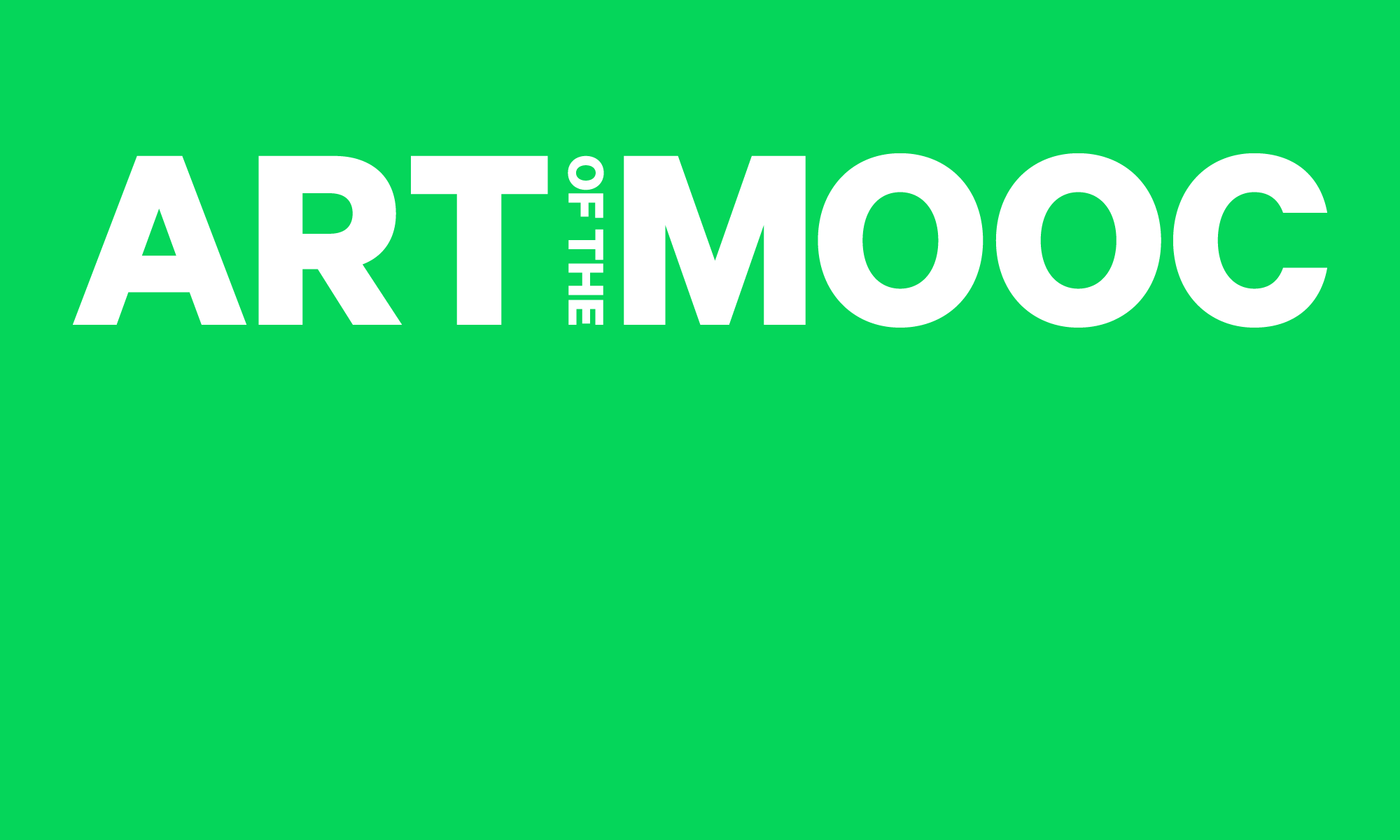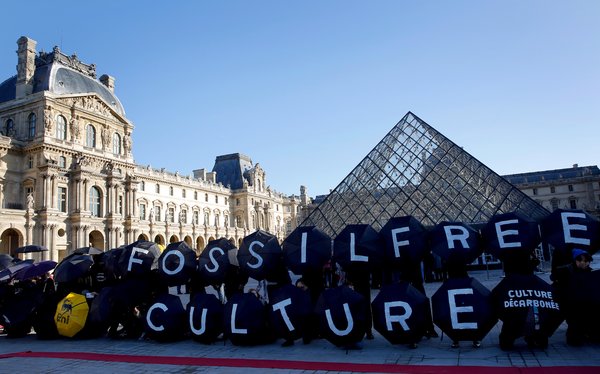
As a part of a Museums special, the New York Times published an article titled Making Museums Moral Again. The article calls attention to the funding and ethics that lie beneath the institutions, usually unbeknowst to their visitiors.
“But the reality that museums are, or can be, ethically and politically compromised had been exposed.”
The article highlights so many of the difficulties with curating and with engaging audiences, and doesn’t offer any set of answers, concluding that there is no single set. One method of curating made be totally inappropriate for one exhibition, but radical and boundary pushing for another. Some wall text may be neutral in a way that leaves the viewer to form their own interpretation, and some wall text may be neutral in a way that leaves the viewer brain dead – and the same wall text might do both of those things for two different people.
Holland Cotter pulls our attention to the importance of considering race, gender and sexuality in the context of our collections – both their historical contexts and their contemporary contexts. Linking those two is one area that offers a lot of potential for new conversations that involve a wider audience in the writing process. If the labels are read by a wide museum audience, why should they not be written by that same wide museum audience?
I certainly don’t feel that I have any more conclusions to make than Cotter does, but the article raises important questions that I think we must continue to not only consider but discuss within our museums and institutions.
To read the NY Times Article: http://www.nytimes.com/2016/03/17/arts/design/making-museums-moral-again.html

